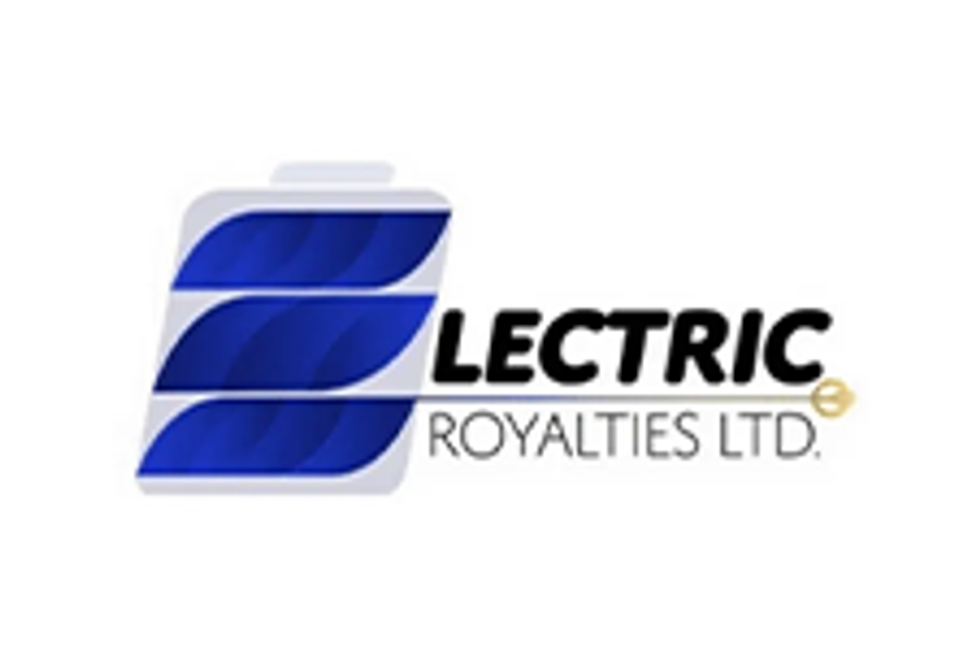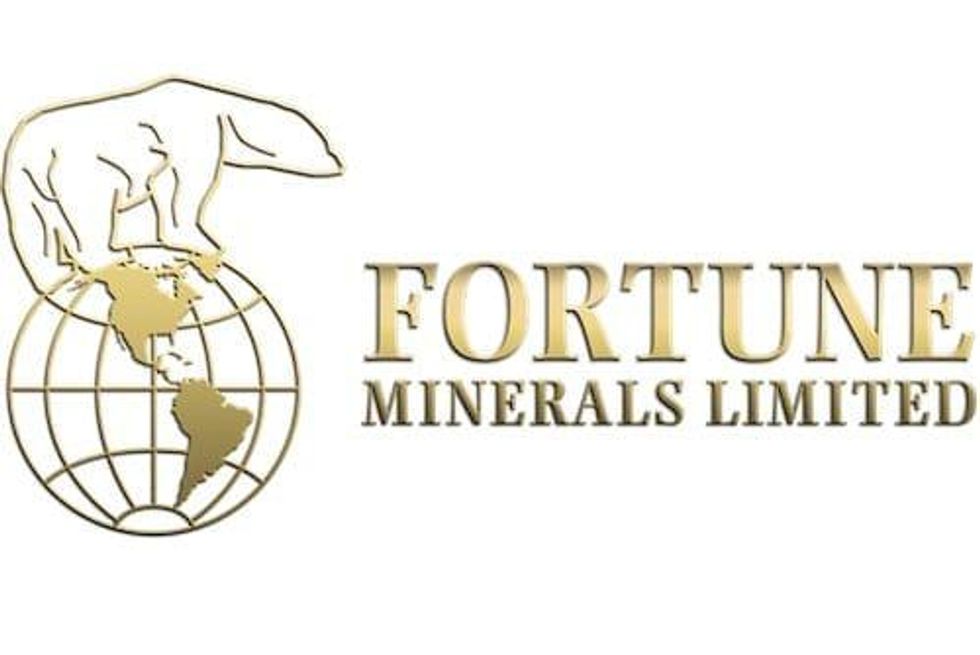Diversification Needed to End Congo, China Dominance of Cobalt
The Democratic Republic of the Congo supplies nearly two-thirds of the world’s cobalt, most of which is refined in China. Global dependence on cobalt from these two countries calls for diversification of supply in the sector to mitigate risk, experts say, especially as demand for the metal is growing in uses as diverse as green technology and batteries.
By Karan Kumar — Exclusive to Cobalt Investing News
 The Democratic Republic of the Congo supplies nearly two-thirds of the world’s cobalt, most of which is refined in China. Global dependence on cobalt from these two countries calls for diversification of supply in the sector to mitigate risk, experts say, especially as demand for the metal is growing in uses as diverse as green technology and batteries.
The Democratic Republic of the Congo supplies nearly two-thirds of the world’s cobalt, most of which is refined in China. Global dependence on cobalt from these two countries calls for diversification of supply in the sector to mitigate risk, experts say, especially as demand for the metal is growing in uses as diverse as green technology and batteries.
“The cobalt sector is heavily dependent on supply from Africa in regions where geopolitics has been, and could again become, tumultuous,” Mitchell Smith, director of corporate development at Puget Ventures Inc. (TSXV:PVS), an explorer focused on cobalt in Canada and Russia, told Cobalt Investing News. “Moreover, transportation logistics in Africa as a whole are problematic. As such, diversification of the procurement of cobalt and other critical metals is key to mitigating risk to the supply chain.”
Cobalt annual production was approximately 76,000 tonnes of metal last year, Mitchell said, quoting statistics from the Cobalt Development Institute. He added that China refines about 45 percent of the world’s cobalt, and only a “fraction of the cobalt is from domestically mined cobalt production. The majority is sourced from the DRC.”
If the dominance of China and the DRC continues, we will see an impact similar to what happened with tungsten and rare earths, Mitchell explained. “There are export bans being placed by China on other metals having strategic importance so that they can control the amount of metal that is exported. Supply diversification is needed because cobalt has been deemed a strategic metal, and it is required to be stockpiled by nations such as Japan, the United States, and the EU.”
Hybrid vehicles to drive cobalt demand
The increasing demand for cobalt for electric vehicles and electric bicycles – about 4 kg of cobalt is needed to power a hybrid electric vehicle battery, with 6 kg required for a fully electric vehicle – is expected to continue to put pressure on price and demand for the metal going forward, Lara Smith, Managing Director of Core Consultants, said in an interview this month. With 12 to 13 million hybrid electric vehicles expected to be on the road by 2020, between 20,000 and 30,000 tonnes of cobalt would be needed by that time, she said.
Smith warned about the risk of supply disruptions in cobalt, but remains bullish on the sector as demand continues to grow.
Puget’s Mitchell said that his company’s Werner Lake asset in Northwestern Ontario, and Formation Metals Inc.‘s (TSX:FCO) cobalt mine in Idaho, are “realistically” the only two near-term primary cobalt projects. “There are other cobalt assets, mostly tied with copper and nickel production, with projects in Africa, Cuba, Morocco, Australia, parts of Russia, and Canada.”
In addition to the fear of supply disruption, Metal Bulletin reported this month that the DRC plans to change its 2002 mining code to allow the government to increase mining taxes and implement a 35 percent minimum level for government ownership of new mining projects. The article said that a review, which could be completed by December, could hit mining firms operating in the DRC with a new tax regime in 2013 or earlier. The DRC’s mines minister, Martin Kabwelulu, was quoted in Metal Bulletin as saying that mining companies “still enjoy tax exemptions” after ten years of production, a situation which “needs to change.”
Recognize “criticality” of cobalt
With all this uncertainty, experts say it is imperative that new sources of cobalt come in line soon. “Recognizing the criticality of cobalt in clean technology, alternative energy systems, electronics, super-alloy technology, aerospace, and the electrification of vehicles, we are a strong believer in an upward trend of demand for the metal,” Mitchell said.
“The movement towards environmentally sustainable solutions will play a pivotal role in cobalt demand, along with the rise of emerging nations’ role in elevated consumption of electronics, all of which predominantly contain lithium-ion batteries which have cobalt cathode active materials. These new consumers are demanding the baits of a modern middle class lifestyle, including the use of electronics and transportation that utilizes technology that is powered by cobalt.”
Core Consultants’ Smith estimated that about 3.6 g of cobalt is used in almost every mobile phone battery, and the penetration of mobile phones, especially in Africa and Asia, is expected to continue to increase driving cobalt demand. With laptop and tablet production expected to double over the next five years, Smith said this would require an estimated 11,000 tons of cobalt.
Securities Disclosure: I, Karan Kumar, hold no direct investment interest in any company mentioned in this article.


